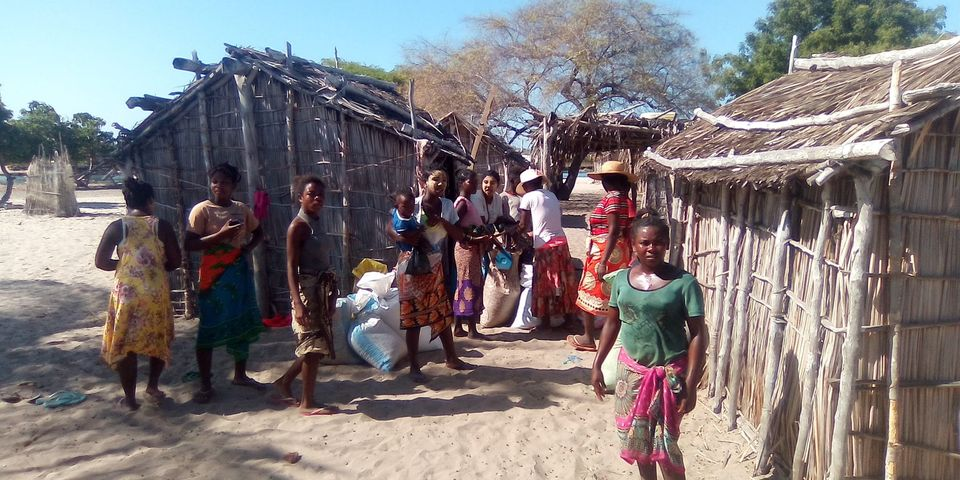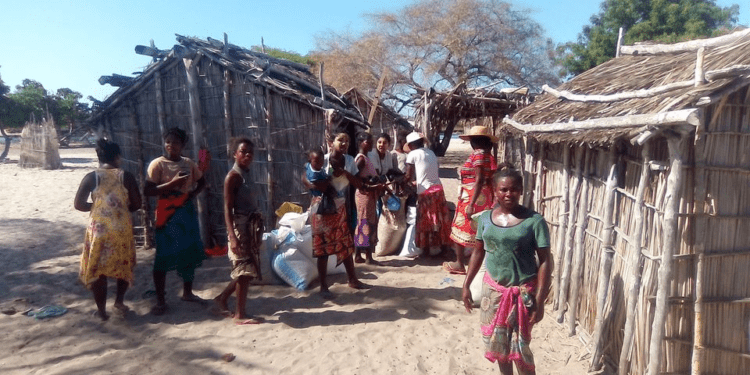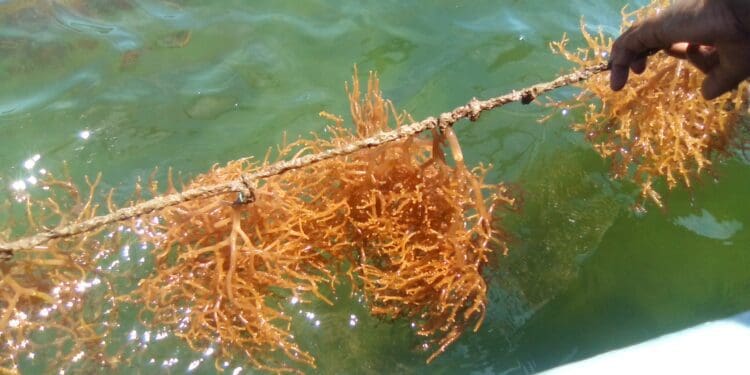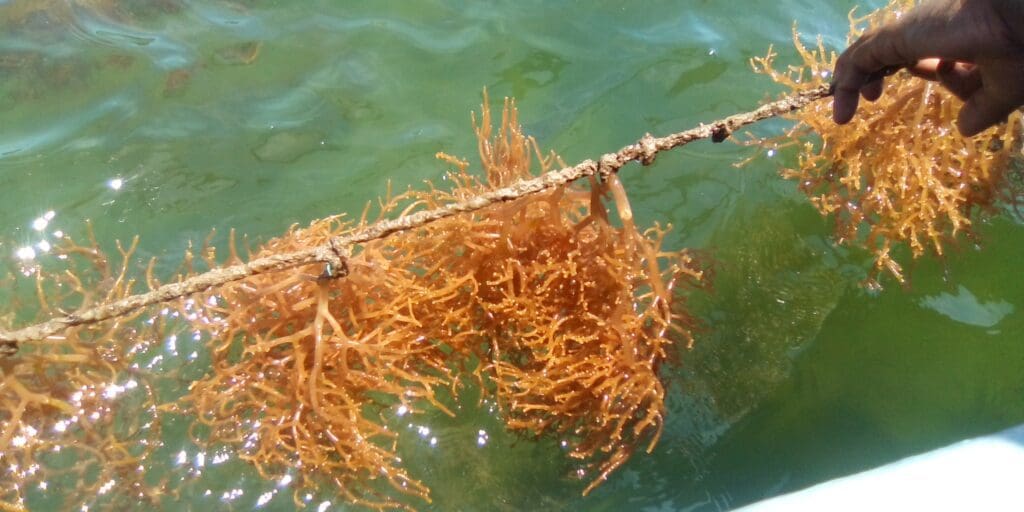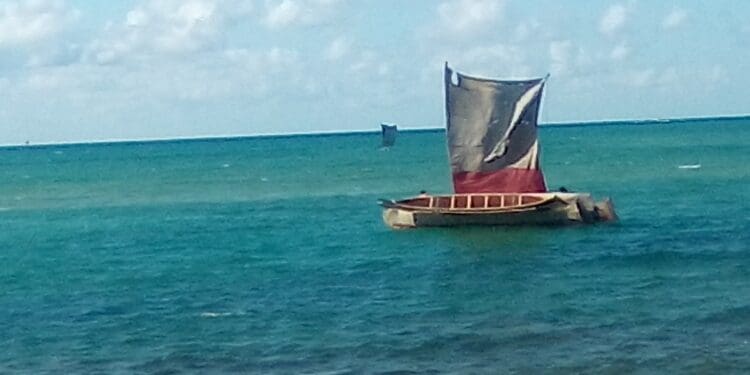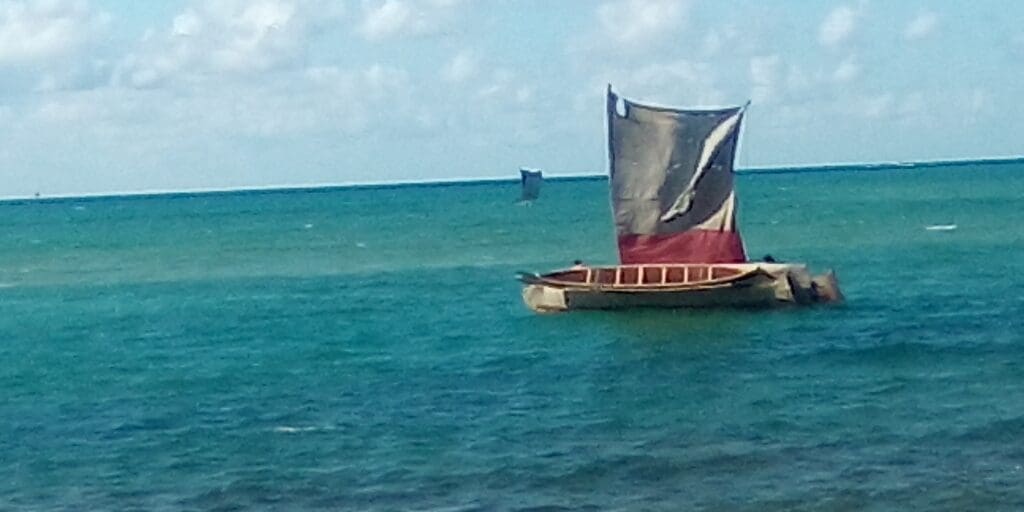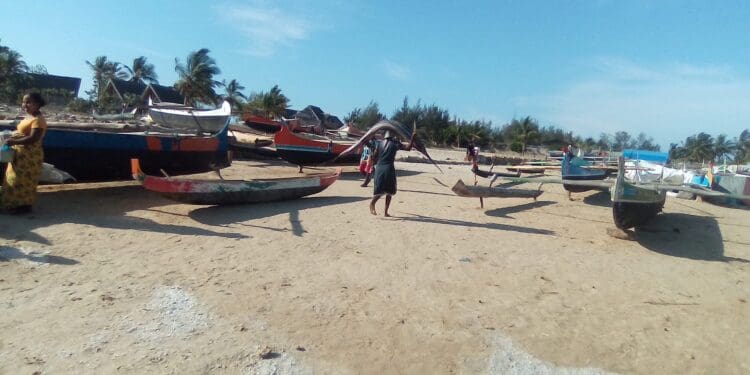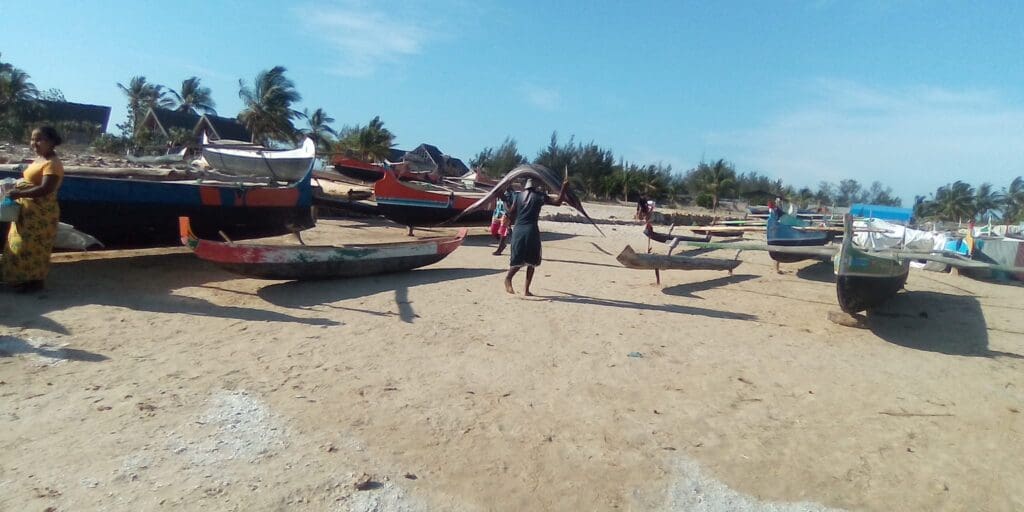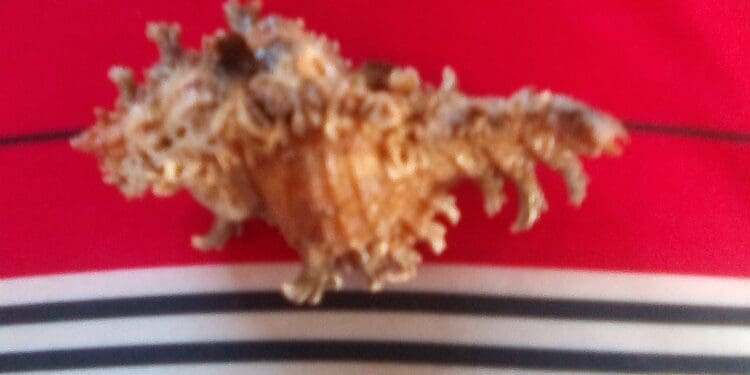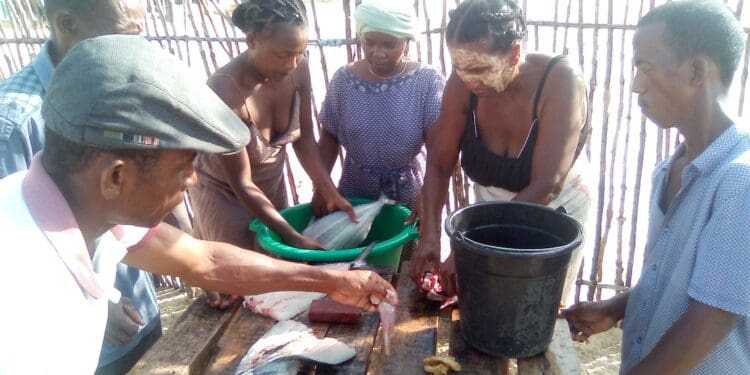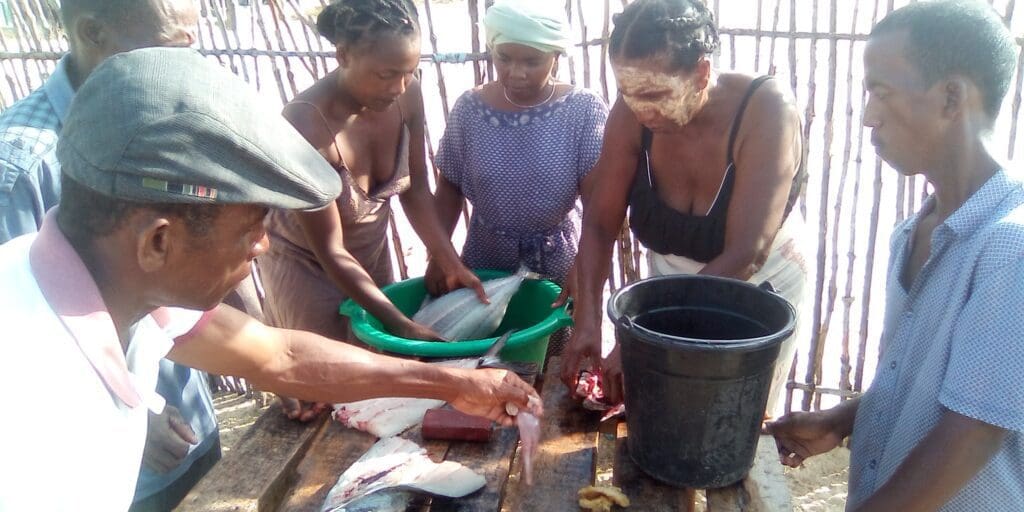I stepped on one of these nasty snail shells yesterday. There’s no way getting around walking in the water to get into and out of the canoes at the stages of the tide we cross to Betania and back. The shells are in the mud in the estuary, and the water is murky so you can’t see where you put your feet. I knew they were there. Lurking. You just step lightly and pray.
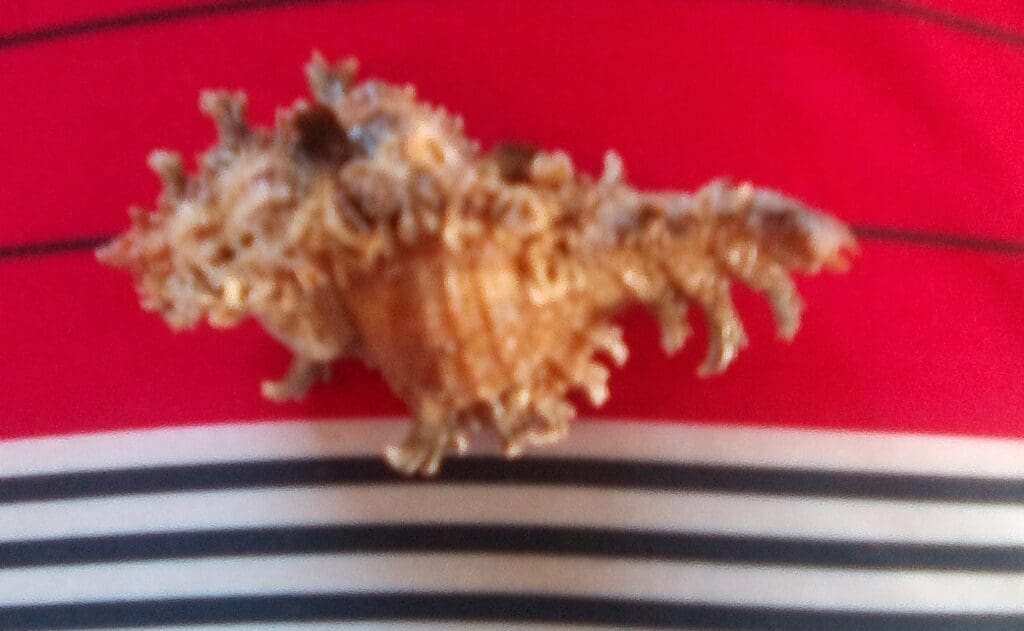
Well, I found one yesterday. I felt a little pain as I put my foot down. I think the tip of a spine just barely was in the callous of my foot under my big toe, when I lifted it, and I thought it fell off, but it didn’t. When I put my foot back down, I drove the spine further into my foot. I thought it was a little painful, and a minute later when I moved my foot, I saw a blood spot on the dugout canoe floor. We motored around to a boat ramp where we could almost get the nose of the boat to dry land, but not quite. When I got off with my sore bare foot, it was a nasty bottom and there was fuel in the water we were walking through. Basically a sesspool. Nice.
When I got to the hotel, I quickly cleaned off my foot in the shower. I looked at it and it didn’t look like anything was left from the spine of the shell in my foot, and the wound looked clean.
I mentioned it to my supervisor, and almost wish I hadn’t. The next morning, as I was thinking how I wish I hadn’t forgot my first aid kit, I realized I had lots of hand sanitizer. So I slathered that over the little puncture wound under the ball of my foot at the big toe – where a callous always is, fortunately, and put some tp over it and then some tape to hold the tp in place with the sanitizer.
Knock-knock-knock. It was my supervisor from next door. I should have seen this coming. We want (meaning you must go) to take you to the doctor. I tried to get out of it but he insisted. I said you know we will be there all day, right. He understood that I understood the number of patients waiting versus the help available at African hospitals in populated areas. I reluctantly agreed, not wanting to stop working on my workshop slides for today’s big meeting at Betania.
He found a Catholic clinic instead. A very pleasant clinic and not many people waiting or in line. I saw a western lady inside. She was a nun and a doctor. About 60 seconds after I told my supervisor I didn’t want to jump the line or receive special treatment because I was a westerner, they called me into the room. I decided not to make a scene and just comply.
They set me on an exam table. After the doctor looked at the wound and marveled at the size of my boots, a young Malagasy nurse took a look at the wound, while another nurse held a flashlight from a cellphone for light. Out came a small scalpel, and I immediately said “what’s that for!”, like a 4 year old, as all the chatter between my supervisor, the nurses and interpreter had been in Malagasy to this point, so I didn’t understand. Just to cut the callous away. Whew. I thought he was gonna slice open the puncture to see if there was anything stuck in there. After he did this – and was very good at it – out comes a needle. My four year old self had the same reaction as to the scalpel. Just to probe down the puncture hole to be sure it’s empty and nothing lodged there. Again, he was very good at it and no pain.
He slathered the puncture in peroxide, then betadine, then some kind of brown salve, put a nice piece of gauze on it, and over that a clear bandage on the bottom of my foot- nice and tight. Couldn’t have got better care anywhere.
I sheepishly apologized to my supervisor, as of course this is was the proper course of action given the situation he was in as being responsible for me.
On our way out of the clinic, I gave the Sister my contact info in case she ever made it to Juneau. As we passed the receptionist, I told her through my translator I was so relieved I wasn’t pregnant. She almost fell off her chair.
On the way home, we went to a shop and bought some clear plastic we can use to bag my foot up, as I’m going to have to get to Betania and back today and tomorrow and so will want to keep the foot dry.
